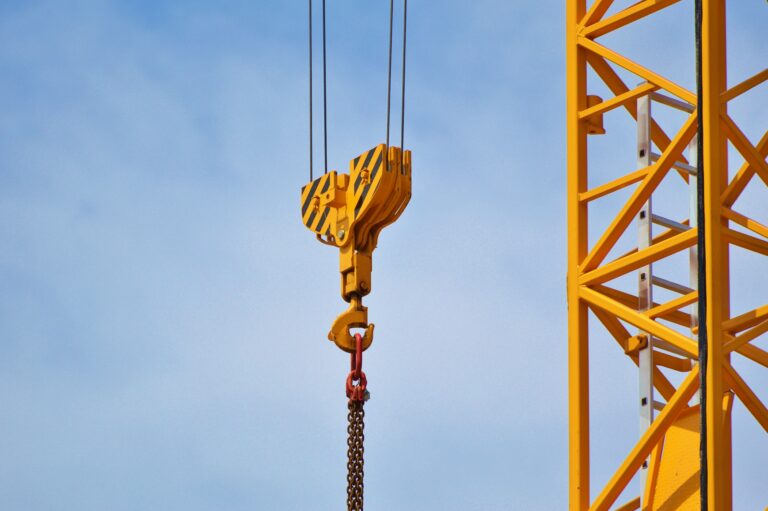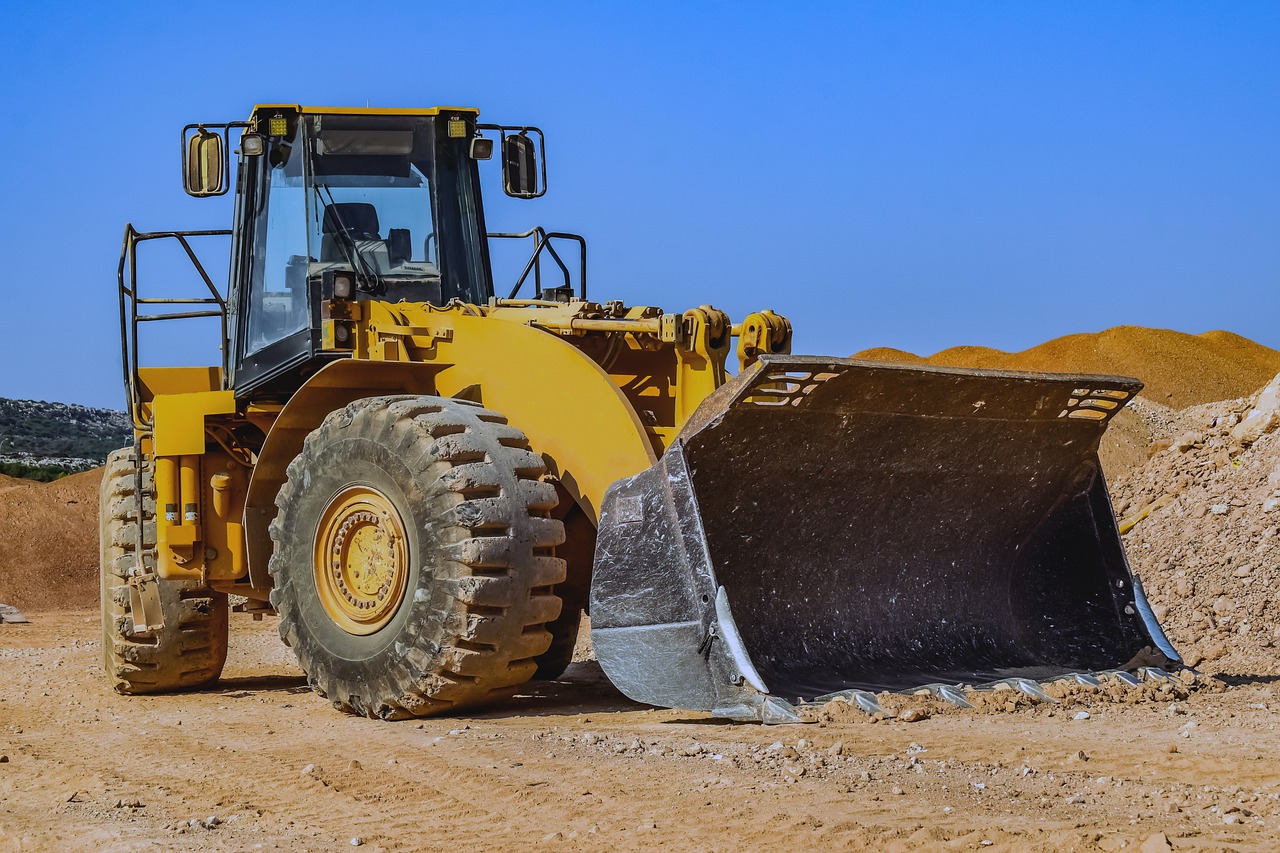Executive Summary. The construction site is fraught with danger. Avoid these hazards to get home to your family tonight – in one piece. Literally. This is the potential energy edition.
What a terrible article title. Yup, agreed. It’s a bit sick, right? You’re reading this article thinking “why in the world, Scott, are you encouraging my last day?!”. I’m not. I’m just keeping it real and opening your eyes to the hazards you’re facing daily, whether you know it or not. The excavator at 100,000 pounds in operating weight, the crane load 100’ over your head, the concrete pump with tremendous pressure in that pipe carrying the concrete, and the dump truck bed up in the air dumping.

Hazards based upon potential energy? Do you know what potential energy is? It’s the energy stored in something based on where it is currently positioned. A lot of times it deals with gravity. Not always.
If I hold a bowling ball 1” over your head versus me holding it 5’ over your head you can see that difference in potential energy right? An inch versus five feet – big difference. What about if I hold a cocked rubber band at your cheek versus a slingshot at the same distance. Both awful, but the slingshot is 100 times worse. These are examples of potential energy.
Now relate it to construction. Where is there stored energy on the jobsite? Take a look below:
• You’re on the downhill side of an excavator. The ground under it fails and the 100,000 pound mass of steel falls on you. You die.
• You’re 50’ under the hook of a crane carrying a scissor lift. The crane fails and the lift comes to the ground. You’re paralyzed.
• An off road truck comes down a narrow ramp into a hole and the truck bed rolls over. You’re crushed. To death.
• A rebar curtain (rebar pre-tied for a wall) is flown, via crane, over the crew – the rebar curtain comes apart. You don’t die – you just have a piece of rebar entering one side of your arm and exiting the other.
My story. The examples above are just a handful of examples I’ve seen in my career. Here’s more detail for you:
• Excavator on a slope – when I had my construction company I had an operator in a CAT 345 excavator roll the excavator – he survived, but I had heard he literally soiled his pants in fear.
• The scissor lift on the crane hook – no one was under it when it came to the ground, but there were some nice rubber tire marks on the wall of the wastewater channel as it “skid” on the sidewall to the ground.
• Off road truck bed roll – this one was recent, although this “failure” is relatively common. Off road trucks are built with a joint behind the cab which permits the bed to roll over. That’s good for preserving asset value (you just push it back up again with a loader), but if you were under it when it rolled, you’re not going home that night. Or forever.
• Rebar curtain shower – the story’s true as written. I stood outside the emergency room as they were removing the stick of rebar from his arm. I stood with his wife. Apologizing. For what “I” did to her husband.
Today when you go to the field look around. What is heavy and at height? What is cocked and ready to release on you. The solution? Get out of the radius or fall zone of these hazards.
Work safe!






0 Comments